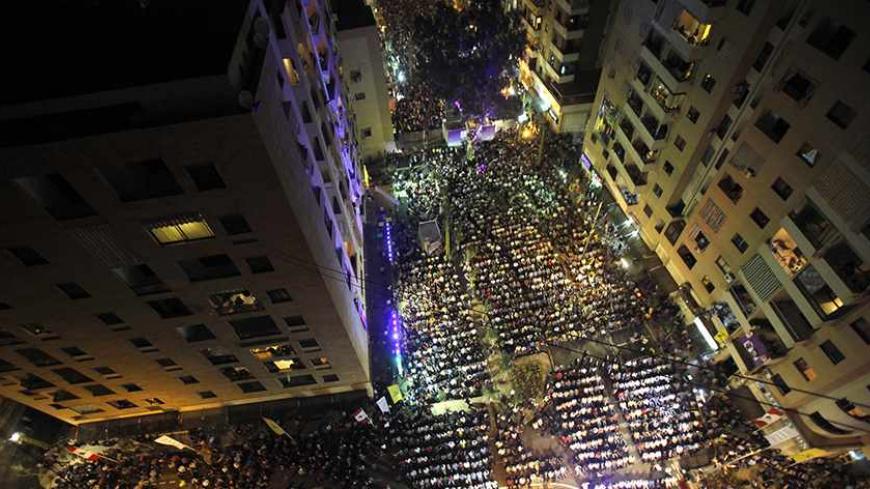When walking in Beirut’s southern suburbs, Hezbollah’s main stronghold, one encounters scores of pictures of the party’s martyrs, their funerals and banners bearing slogans about the jihad in Syria. Checkpoints and security men are deployed everywhere, making the area feel like a large military garrison near the front. Everyone talks about the fighting and is braced for new developments amid the escalating sectarian crisis in Lebanon.
The lifestyle of the southern suburbs is quite different from that in other areas of Beirut. Poverty and economic problems are visible and widespread. Religious identity is manifested in architectural features and social customs that clearly set this area apart from the rest of Beirut. There are also clear linguistic and cultural elements that point to the rural origins of the majority of people living there, many of them having been displaced from their southern villages in the last decades of the 20th century by the Israeli occupation and economic deprivation.



